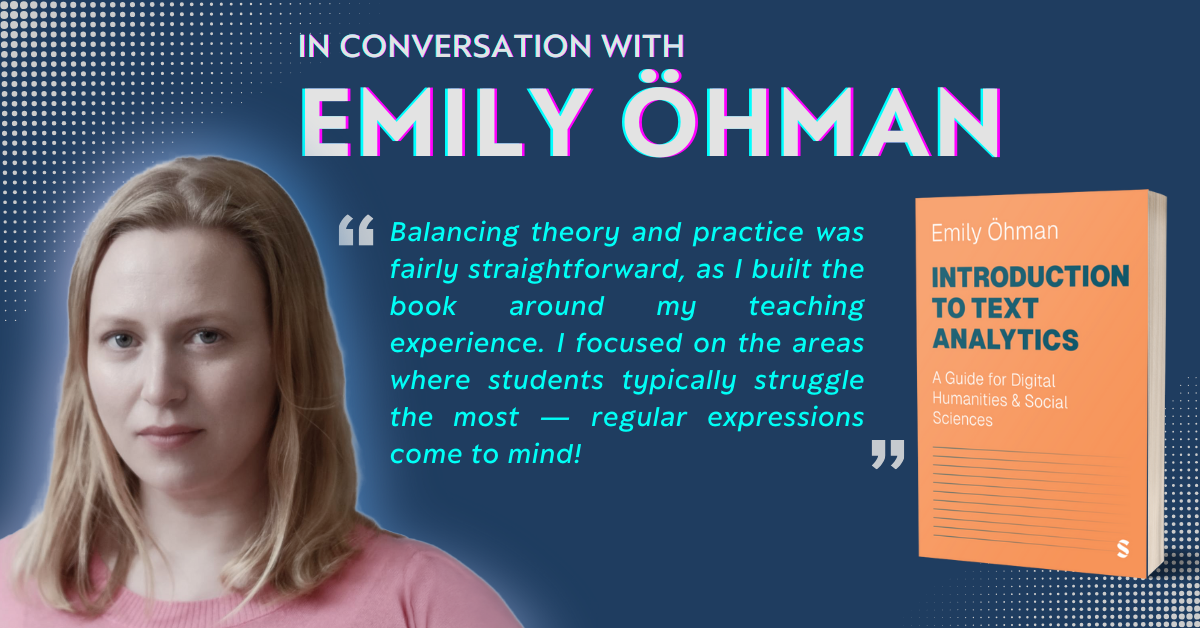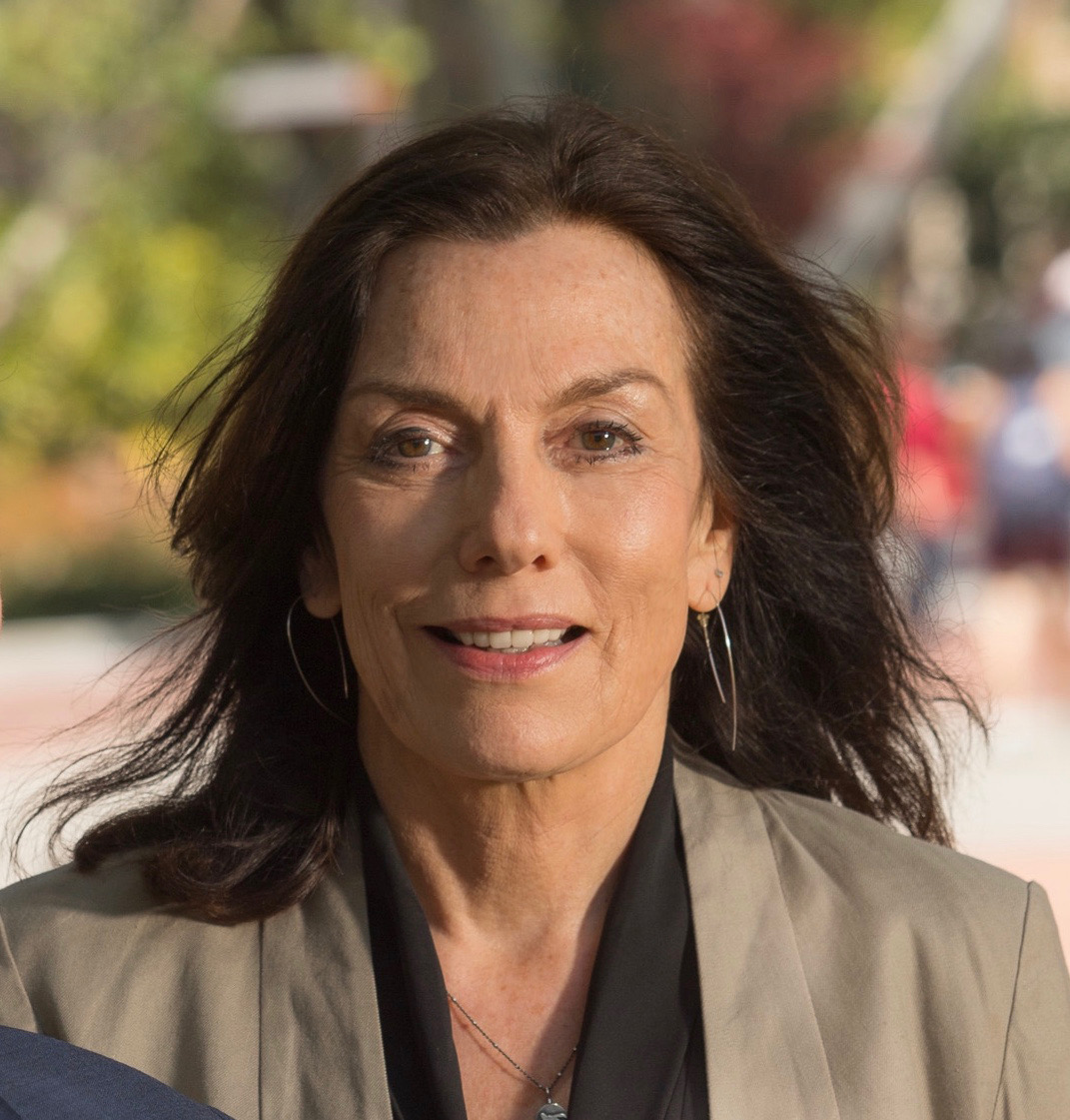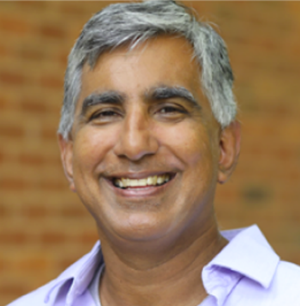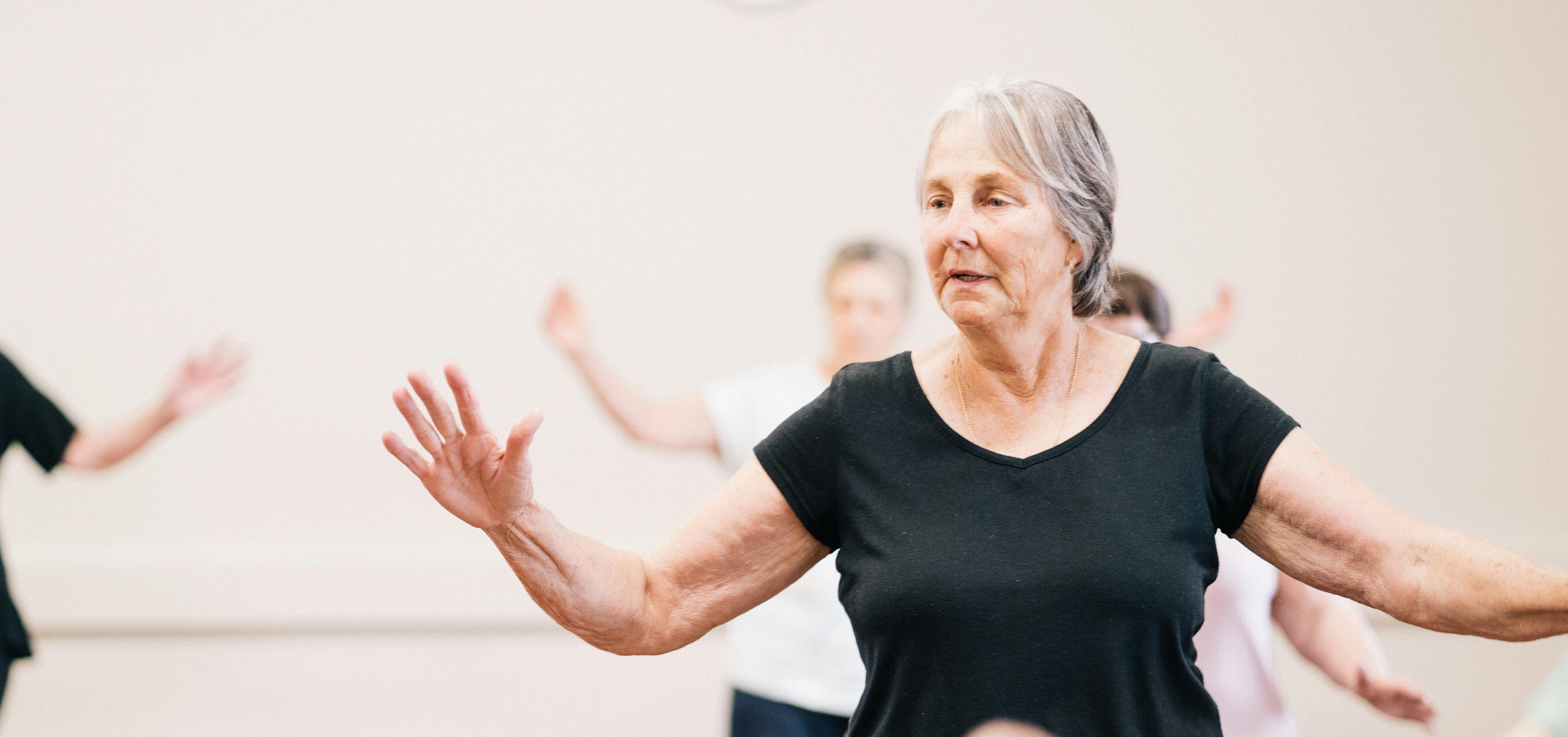
Many students and researchers shy away from Text Analytics, intimidated by its technical nature. Dr. Emily Öhman, a professor at Waseda University, saw this challenge firsthand and set out to bridge the gap. Frustrated by the lack of an accessible, all-in-one resource, she created a book that simplifies Text Analytics for learners from diverse backgrounds.In this interview, she shares her journey, the book’s inspiration, and practical advice on navigating computational methods—no programming experience required. She also discusses the role of AI in research and how responsible use can enhance critical thinking. Whether you're a beginner or an aspiring researcher, this conversation will encourage you to dive into Text Analytics with confidence.
Can you tell us about yourself and your background?
I received my PhD from the University of Helsinki in Language Technology. My dissertation focused on sentiment analysis and its applications. Before my PhD I studied mathematics and linguistics, so language technology seemed like a natural continuation that combined my interests. I worked in Japan in my twenties, so when considering faculty positions in Europe, I also looked at opportunities in Japan. When I saw that Waseda University was looking for someone with my very specific skillset for the position as Digital Humanities professor, I applied and here I am.
What inspired you to write this guide, and how do you see it addressing the needs of students and early career researchers in digital humanities and social sciences?
I was unable to find a good textbook or similar for undergraduate or graduate courses. There were plenty of books covering digital humanities from a theoretical perspective, as well as specialized books on programming for digital humanities. Many excellent books also explore individual topics in depth such as Python pandas or regular expressions. However, I couldn’t find one that covered the fundamentals of text analytics from an applied computational angle—especially one accessible to students from diverse disciplines with little or no computer science background. So basically, I wanted to create a book I would be able to use in my courses that would cover virtually all the topics I teach rather than use ten separate books.
The book combines theoretical concepts with practical applications. How did you strike a balance between these two aspects to make it accessible for readers?
Balancing theory and practice was fairly straightforward, as I built the book around my teaching experience. I focused on the areas where students typically struggle the most—regular expressions come to mind! With my interdisciplinary background, I think I also have an easier time seeing the strengths of both qualitative and quantitative approaches and try to emphasize the importance of understanding both the theory and the practice or at the very least give students and readers a solid starting point from where to dive deeper into each topic.
With the rise of generative AI, how do you see the relationship between text analytics and AI tools developing?
I teach my students responsible and ethical use of generative AI. We are at a point in time where we cannot simply forbid the use of generative AI, so it is imperative students know what counts as acceptable use of such tools, but also to emphasize how much better their AI prompts will be the better they understand the basics. AI tools can be particularly useful for generating code snippets, but only if students know how to craft good prompts and critically evaluate AI-generated output. Without that knowledge, these tools can be misleading at best. After all, even before the advent of ChatGPT, the same information was always available to students online for free, they just did not know how to find it and/or use it to their advantage. What AI tools primarily offer is easier access to information and the ability to ask follow-up questions—something students might hesitate to do in a classroom setting. The topic of AI tools will be covered in future updates of the book in more depth.
What advice would you give to students or early career researchers who are hesitant to dive into text analytics due to its technical nature?
Just try it! This is something I work very hard on with my students. As I mainly teach at a liberal arts undergraduate program, I have many students who are hesitant to even try using computational methods as they have little faith in their technical skills. Once they get over that first hurdle and realize it is not black magic, their confidence and subsequently skill levels start growing exponentially. I have tried to remove this hurdle in the book by going over some of the very basics like "where should I run my code?" and by introducing the readers to free tools like Google Colab and other similar online programming platforms that do not require installation on a personal computer. I find that many researchers and students from traditionally non-technical fields make amazing computational researchers as their background makes them want to understand the inner workings of specific methods in depth whereas some students who get started with text analytics with more experience with programming sometimes are satisfied with just getting any results without a similar deep desire to make sure they understand every single parameter of their code.
What do you hope readers will take away from this book, especially those new to text analytics?
I hope readers will get the courage to try using computational methods with their data and projects. I also hope that readers will understand the merits of both qualitative and quantitative approaches and how to best use both of them to produce high-quality research, whether that's for an undergraduate course, a doctoral dissertation, more advanced projects, or even just for fun.

Enjoyed this article? Be sure to check out our other interviews with Sage Authors:
In Conversation with Christopher Such
In Conversation with Andrei Lux
In Conversation with David Deakins and Jonathan M. Scott
In Conversation with Michael Beverland and Pınar Cankurtaran
In Conversation with Annmarie Hanlon
In Conversation with S Alexander Haslam, Craig McGarty, Tegan Cruwys & Niklas K. Steffens









